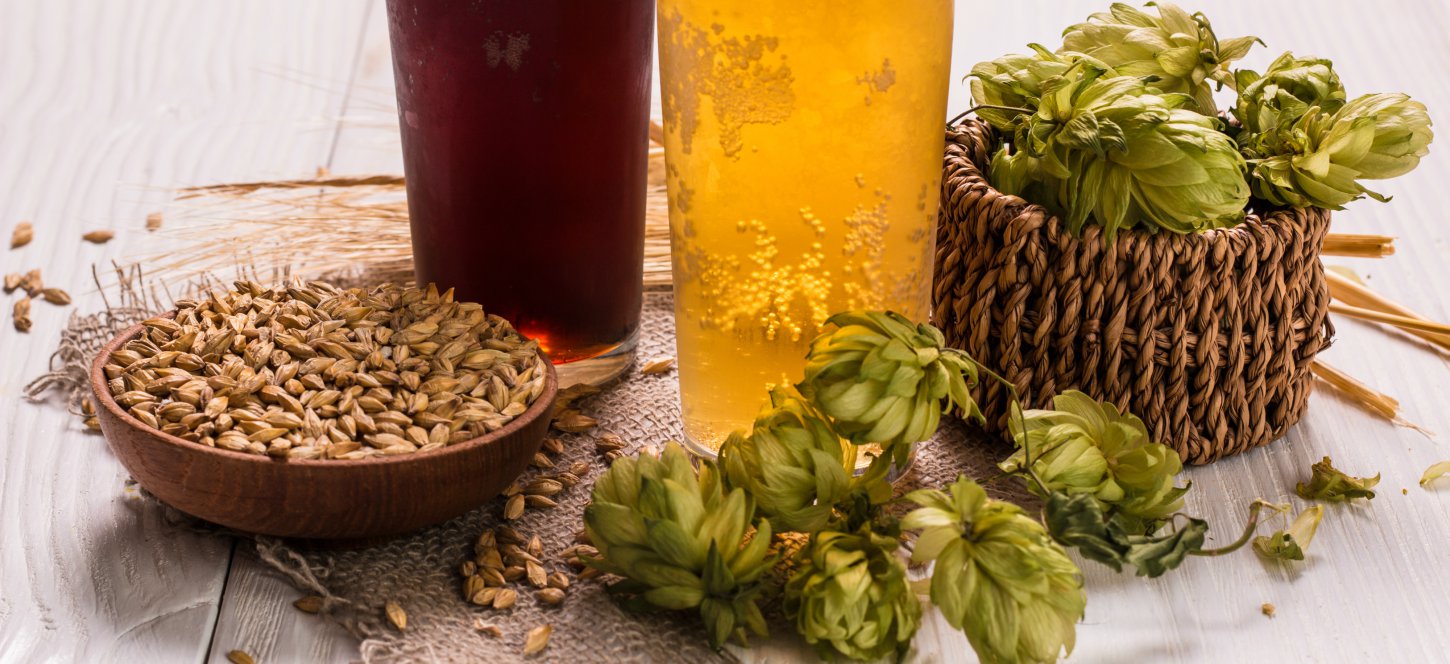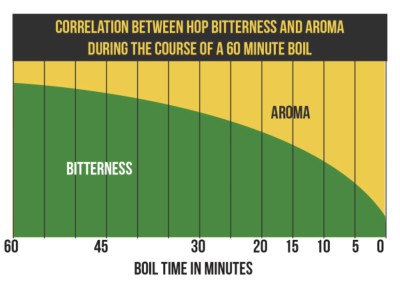


By Bryan Greene
6 TECHNIQUES FOR HOPPING A BEER: OVERVIEW
In the new beer world of today, hops are being used more now than ever to help create craft beer styles in more unique ways. New varieties of hops are continually being evolved and released with many being tailor to suit the right beer style with that particular flavor desired.
Pale Ale and IPA are at the top of the list for brewers to experiment with new varieties of hops, especially, fruit-forward varieties. IPA particularly continues to retain its market popularity for this reason and in some instances has created a cult flowing among craft enthusiasts, particularly home-brewers.
Home-brewers tend try to clone the latest and greatest of beer styles and without question IPA. How are they hopped? What was the time sequence used? What techniques did they use? What varieties were used?
At the beginning, IPA made by home brewers was nothing short of today’s pale ales. As, the style progressed with more hops available, it evolved into “how bitter can I make this?” ten years ago, to today, with a cleaner, brighter, fruit forward palate.

The home-brewer today, can use many hopping techniques, each way contributes different characteristics to the final brew. The time a hop is exposed to certain temperatures during the wort boil changes how one beer is perceived: More time = more bitterness. Later additions, more flavor and aroma.
 FIRST WORT HOPS
FIRST WORT HOPS
Hops are added during lautering process inside the boil kettle. Provides a clean bitterness.
BITTERING HOPS
Hops added usually before the 30 minute mark. The longer the boil time the more the hop oil aroma is cooked off giving way to bitterness. Some varieties are grown to suit this purpose.
LATE HOP ADDITIONS
Hops added toward the end of the boil most likely from the 0-15 minutes window and will retain more the hops oil aromas. Many newer varieties of hops have been developed for this purpose.
WHIRLPOOLING
A technique used after the boil and before the beer is chilled. In the homebrewing world, a pump and whirlpool arm is used to infuse further aromatics. ‘Whirlpooling’ or spinning the wort, creates more hop aromatics. Typically done between post boil temperatures & 170 degree mark, up to 30 minutes. Lower heat is less likely to cook off the oils.
THE HOP BACK
An infusion tool, in between the boil and the fermentor, where the wort is filtered through additional charge of hops.
DRY HOPPING
Adding hops to the fermenter, adds additional hop aroma.
WE HOPE THIS HOPPED UP HOME-BREW CORNER INSPIRES YOU TO BREW! #NATIONALHOMEBREWDAY
Enjoy this post? Download the PDF!